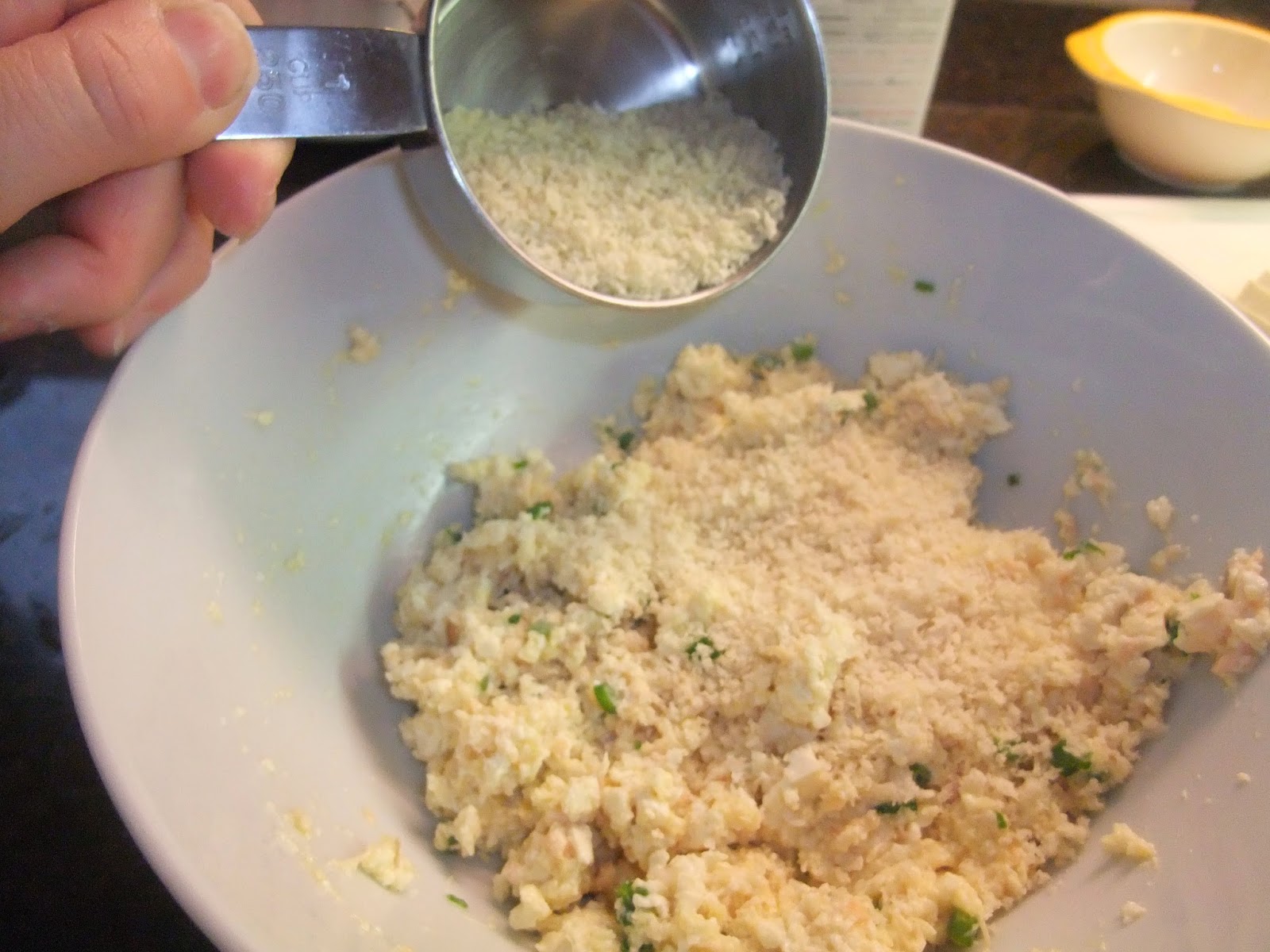Who doesn't love chicken wings?
Not my family. It's practically a staple here. When I'm scratching my head on dinner ideas, I always turn to good old trusted chicken wings because they are cheap, there's so many different marinades you can use on them and the kids love their finger-licking portability. Whole chicken wings are much cheaper than buying them separated at the joints. I would cut them up at home myself if need be. My usual takes are Asian-style. Throwing a few ingredients together such as chopped garlic, ginger, cilantro and green onions combined into honey, chili sauce and soy sauce you get a slightly sweet, savoury oven-baked batch of glazed wings with a hint of spiciness. Or I do a dry-rub on the wings for Five-Spiced Chicken Wings using five-spice powder, garlic salt and ground pepper. Boy, does the kitchen always smell so-O good!
Tonight, I cooked it entirely different in a braise rather than a bake. My inspiration? Leftover bamboo shoots from a can. It wouldn't have worked in the other dishes for the night. I knew I wanted to make wings and thought a braise could really tie them together nicely. Here is what I did:
1) Coarsely chop two garlic cloves, slice two green onions into 1-1/2 inch pieces, two mild green chili peppers and three whole bamboo shoots.
2) Toss ten chicken wings in the chopped garlic, 1 tsp. Chinese five-spice powder, 3 Tbsp. light soy sauce, 1 tsp. dark soy sauce, 3 Tbsp. Chinese rice wine and 2 Tbsp. brown sugar. Cover and leave to marinate in the fridge for one hour. I kept most of them whole for the braise as a preference, but taken off the wing tips on a few for the kids.
TIP: Cut whole chicken wings at the joints to separate wing tip, flat and drummette (from left to right). This is easier for the children to eat. Keep the wing tips if you don't plan to eat them and save or freeze for making soup broth.
3) Heat a skillet or wok over high heat with 2 Tbsp. peanut oil. Add the green onions and stir-fry for one minute. Drain the wings, reserve the marinade and add wings to the skillet to cook for five minutes.
4) Turn heat down to medium, stir-in the bamboo shoots and green peppers. Cook for another five minutes until wings are browned on all sides. Pour in the reserved marinade and add 3/4 cup hot chicken stock and braise for ten minutes, stirring occasionally until tender and cooked through.
5) Stir 1 Tbsp. cornstarch in 2 Tbsp. cold water and add to sauce; stir until thickened.
The resulting dish was delicious with a nice overtone of five-spice. Although bamboo shoots generally has a strong root taste, cooking it in this style really mellows it and compliments the wings by transferring each other's flavours in the sauce. One of the twins really enjoyed the soy-marinated flavour of the shoots and its tender but crunchy texture.
TIP: Wrap the end of the drummette with tin foil to make it easier to hold and less messy for the young ones to eat.
YUM! Chicken lollipop!
If chicken wings are your thing, you may also like Vietnamese Curry Chicken Wings, Five-Spice Chicken Wings and Double Soy Sauce Chicken Wings (scroll down in recipe for tip for chicken wings).


















































